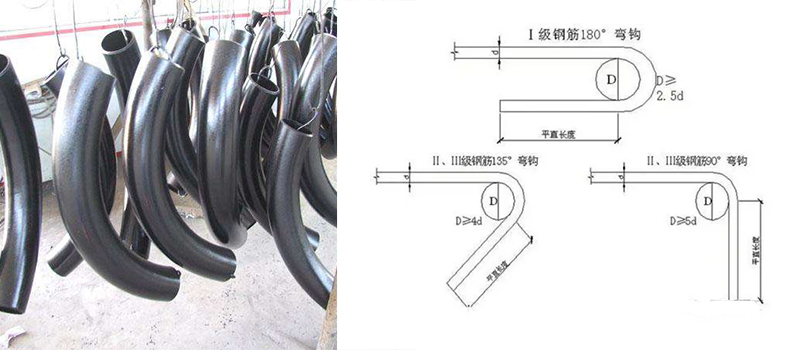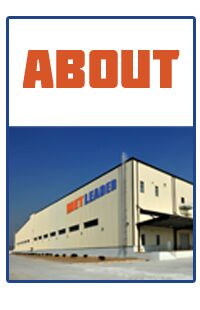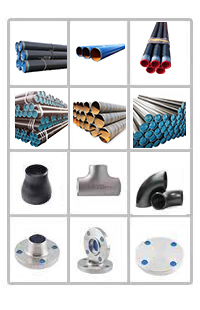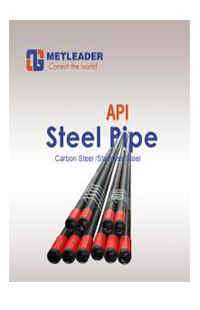Cold bending method and quality requirements of elbows
The bending pipe is mainly driven by hydraulic pressure in the production process, which is powerful to a certain extent. Its corner and feeding are driven by servo motors, which is fast and accurate. It stores multiple sets of processing programs at the same time and can be flexibly switched, which facilitates a wide variety of products. The processing of products has greatly improved production efficiency.
The bending of the elbow generally uses the cold bending method. In the absence of cold bending equipment in the factory, hot bending is allowed, and the medium frequency bending is not suitable for the 20 steel pipe. Stainless steel pipes and alloy steel pipes should be cold-formed. If hot-bending is necessary, carburization should be avoided when heating stainless steel pipes, and alloy steel pipes that tend to harden harder should not be water-cooled. The copper pipe should be locally annealed before cold bending.
The bending radius of the elbow is generally not less than 3 times the diameter of the elbow when used. In the place where the pipeline layout is relatively compact, under the premise of ensuring the quality of the elbow, it is allowed to be less than 3 times the outer diameter of the elbow, which is smaller For elbows with a bending radius, a shaped elbow should be used. The operator of the bend should be familiar with the structure, performance and operation procedures and rules of the bend.

The inner diameter of the elbow and the working part of the plug core should be coated with a proper amount of lubricating oil. For cored pipe benders, the position of the end of the core rod should exceed the vertical mold centerline when bending the pipe. The lead value is generally determined by experiment. Newly installed and debugged pipe benders can be selected by reference.
The quality of elbows is required in the production process, but in general, the lubrication products of oil-based elbows are not easy to clean and the environmental pollution will be very prominent, so the company will have to adopt more methods. To eliminate it, because the use of oil-based elbow lubrication products affects the quality of the final product.
Under normal circumstances, during the application of its traditional oil-based lubrication products, the production efficiency of the company will be greatly restricted, mainly because of the fluidity and extremely difficult cleaning of the oil-based lubrication products, which will cause more problems. Pollution to the production environment and workers’ working conditions.
Previous:When do you use slip on flanges?
Next:5 points for attention when processing stamping elbows
Next:5 points for attention when processing stamping elbows









